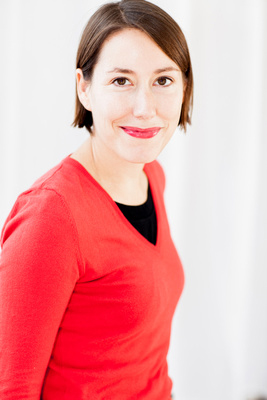KAIRÓS Thematic Workshop on Economy – Heritage as a driver for innovation, entrepreneurship and job creation
Edited on
27 July 2021The second out of four thematic KAIRÓS workshops took place on 19 and 20 May and centred around the concept of ‘Heritage as a driver for innovation, entrepreneurship and job creation’. The event was hosted by our partner, the Municipality of Šibenik in Croatia, and moderated by the ad-hoc expert Wessel Badenhorst (Director at Urban Mode Ltd), Anke van Wijck (KAIRÓS project coordinator at Mula City Council) and Miguel Rivas (KAIRÓS URBACT lead expert).

Using the economy as a main theme, speakers discussed initiatives and learning activities they have implemented to promote economic growth and job opportunities in their cities. Over 40 participants assembled during the two days to give feedback on individual case studies and participate in small group discussions.
The first day began with a short opening statement by the Mayor of Šibenik, Željko Burić. The Šibenik project team composed of Petar Mišura, Ana Katarina Rajčić, and Ines Sarić presented ways in which they have leveraged heritage to boost the local economy and attract attention to the old town and historic centre. They had prepared a virtual tour to show the changes that had been implemented, demonstrating how they were tackling the problem of depopulation during off-peak periods, by reigniting some of the commercial character lost in the past 20 years. The second workshop of the day focused on steps taken by our partner city of Cesena in Italy to repurpose and restore some of the heritage buildings with the purpose of increasing activity in the historic centre. This was followed by another case study from the city of Pori Finland where an on old cotton factory was turned into a shopping centre. The day ended with case studies from Amarante in North Portugal where the municipality’s economic development company has produced a range of strategies to enhance local entrepreneurship and the Spanish city of Medina del Campo that established a new hub for businesses relocating to the city, with the restoration of the disused Simon Ruiz Hospital.
The second day began with a presentation by KAIRÓS lead expert Miguel Rivas on entrepreneurship opportunities linked to cultural heritage. This was followed by a discussion with different entrepreneurs who shared their examples, e.g. ‘The LBASense Solution’, a Swiss component focused on code analytics, measuring the real time movement of cellular phones in order to provide accurate data on how people move throughout the city. The second guest was Lovro Vudrag, a graphic designer and photographer based in the old town of Šibenik, working on various visual coding projects. And finally, a representative from ‘Fondazione Fitzcarraldo’ in Italy explained how they work alongside the government and local bodies to promote management plans for specific heritage sites. In the final session, Margharita Solon and Dick Gleeson, shared their experience of converting an old convent into an intergenerational meeting place that accommodates independent living places for elderly people in the Irish town of Naas. A very inspirational example to finish off two fruitful days of exchange and discussions.

Some key phrases exchanged during the two days:
“The old city is our extended living room.”
“It is great having a talent attraction strategy. Who not “colonise” the old town with these digital nomads you want to attract? San Sebastian in Spain is promoting “talent houses.”
“Christmas markets should be local culinary spectacles showing local traditions and culture.”
“It is not about considering heritage, but projects on heritage valorisation. This is not just restoration and preservation but re-connecting the past with the contemporary city.”
“An intergenerational and timeless dialogue must be established, between the old and the contemporary parts of the city. This is the challenge.”
“Cultural heritage needs to be “demystified” and brought down to the local texture of living. The case of Turin, for example was about rethinking the car design and production heritage and mobilise it to look at the future and generate business in sustainable mobility.”
“Location matters even more than the building conditions."
A detailed summary of the event is available for download here.
 Submitted by Dorothee Fischer on
Submitted by Dorothee Fischer on
